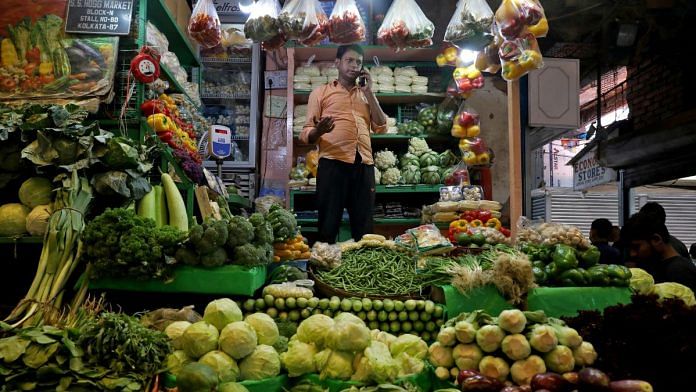New Delhi: The World Bank trimmed India’s growth forecast for this financial year by a full percentage point on Thursday and predicted a 9.5% contraction in crisis-hit Sri Lanka, as rising commodity prices and debt trouble hit economies in South Asia.
Growth estimates for the region – comprising India, Pakistan, Afghanistan, Bangladesh, Sri Lanka, Nepal, Bhutan and the Maldives – were revised down to 5.8% from 6.8% forecast in June. India’s forecast was trimmed to 6.5% from 7.5%.
The bank cited the impact of war in Ukraine, which has caused a rise in commodity prices, and the uneven recovery from the impact of the COVID-19 pandemic in the region. It forecast inflation in the region rising to 9.2% this year before gradually subsiding.
“Private investment growth is likely to be dampened by heightened uncertainty and higher financing costs,” the World Bank said in its twice-a-year report on South Asia, noting that slowing global demand will impact the country’s exports.
Afghanistan was excluded from the regional report as it had not released national account data since the Taliban took power in August 2021.
The region’s economies grew at 7.8% in 2021, when most were recovering from the pandemic slump.
Last week, the Reserve Bank of India cut its growth forecast to 7% from an earlier estimate of 7.2% after raising the benchmark repo rate by 50 basis points to 5.9% as it battles to contain high inflation – seen to remain above 6% until early 2023.
The COVID-19 pandemic, swings in global liquidity and commodity prices along with weather disasters had hit the regional economies in a rapid succession.
“In the face of these shocks, countries need to build stronger fiscal and monetary buffers,” said Martin Raiser, World Bank Vice President for South Asia, urging the governments to use scarce resources to protect people.
The World Bank also urged the governments to ease restrictions on labour movement by introducing flexible visa policies and support migrant workers to protect long-term development prospects. –Reuters
Also read: Data vs atta, petrol, LPG: How dirt-cheap mobile internet contrasts with surging food, fuel prices






